Blogtober 2021 : Day 12
It’s raining today. That mizzly, drizzly rain that gusts across the fields and isn’t in the least bit fun to walk in so no dog walk photos today. Instead, I’ll show you some I took the other week when we were out, and in particular our church which has been the focus of some attention recently.

Do you see the numbers 1648 on the bank there? That’s the exciting part, and those were put there by the community team who are currently looking after the church grounds. They’ve been planting up the bank and the idea is that those numbers will be surrounded by flowers in the future.
Now, unless you live in Winwick or your English history is particularly good, you might not know what the numbers stand for (I must confess that I didn’t) so I’ll show you.

Look at that!
Winwick has been declared an historic battlefield site by Historic England which means that no matter how the world changes or the landscape is shaped in the future by fields, roads or houses, those who fought and lost their lives in support of their beliefs will be remembered.
I like that, I think it’s important and I like to think that on Remembrance Day, not only will those soldiers from the more recent wars be remembered, but now we have a more visible connection to those who were here long before that.
I must confess that I don’t know a great deal about the English Civil Wars. I’ll have learnt about them in school but that time in history doesn’t really appeal to me (I’m sure I don’t need to remind you that it’s Roman history that floats my boat! 🙂 ). Now, looking them up online, they seem to me to have been inordinately complicated power struggles between the Parliament and King Charles I (the monarch at the time) with both making allegiances with other parties who might have been better staying out of it. A bit like politics now, I suppose.
Warrington makes very little of its Roman heritage (apart from what is in the museum) but the connections to its more recent past are much more visible – and thank goodness, I say, because I believe that we need to know what anchors us to our ancestors as much as we need to look to the future.
Oliver Cromwell was the leader of the Parliament (he allegedly stayed in a cottage near Warrington town centre and his statue has been there since 1899), and his soldiers were known as the Roundheads because of their helmets. I’ve had lots of conversations about him with my girls as we’ve driven past his huge bronze statue over the years. The opposition, the King’s army, were known as Cavaliers, which was originally a term of abuse from the Roundheads for the wealthy supporters of the King.
Even up until recently there were cannonballs found in the nearby farmers’ fields during ploughing (we still see people with metal detectors out on the fields with the farmers’ permission from time to time). I remember being told about a “bloody stone” where a soldier was allegedly cut down during the battle but when I’ve tried to look it up, it looks like it’s not related to the Civil War at all – it looks like I just live in a part of the world with a violent past!
That’s not surprising really, when you think that there has been a settlement here for nearly a thousand years – Winwick is mentioned in the Domesday book of 1086 which was commissioned by William the Conqueror to assess the extent of the land that made up England at the time (and therefore how much tax he could levy – nothing changes, eh?!).
On a summer evening, though, walking through those same fields that saw so much death and destruction, you’d never imagine it at all.


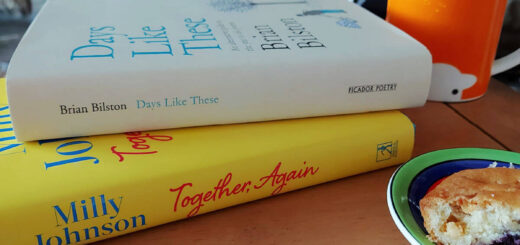
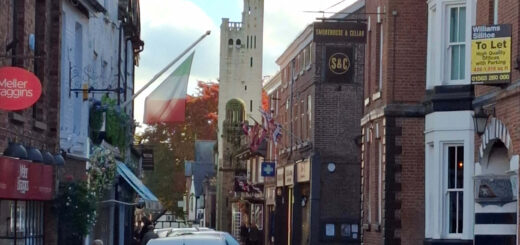
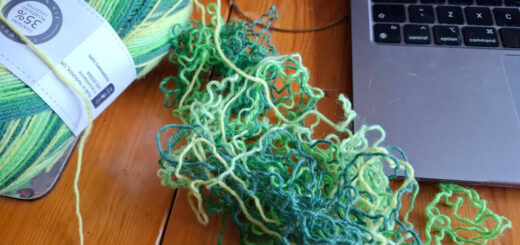
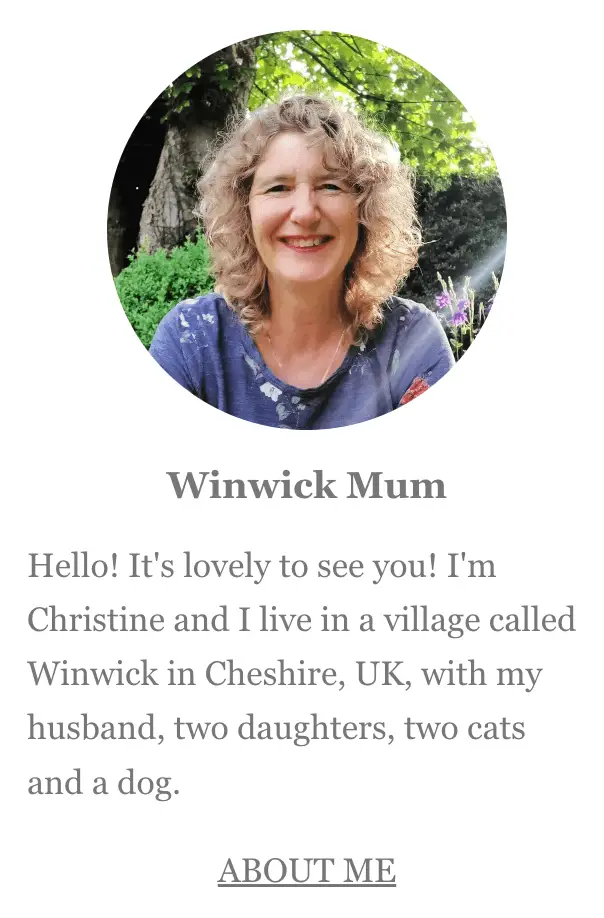

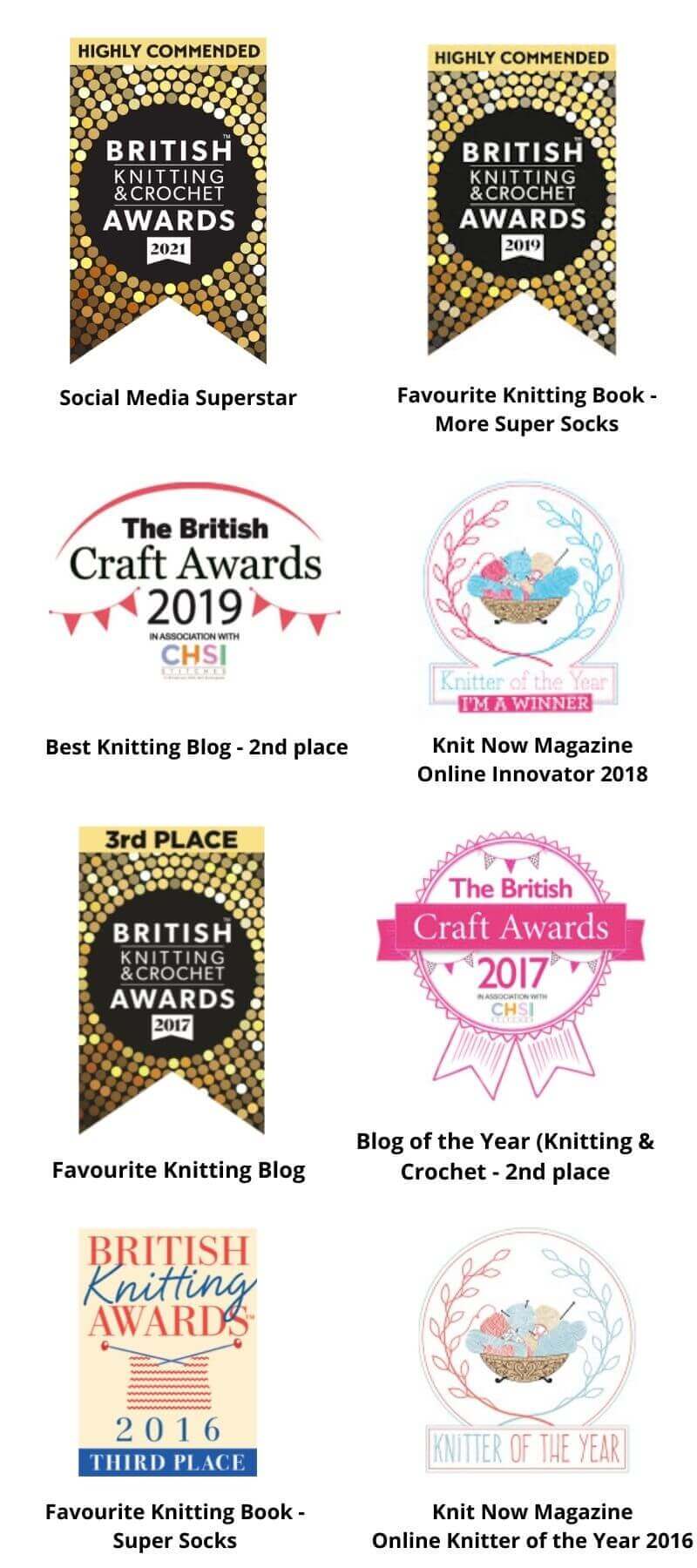

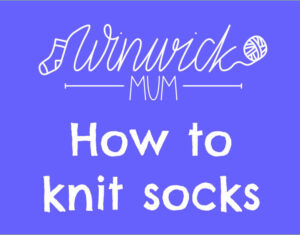

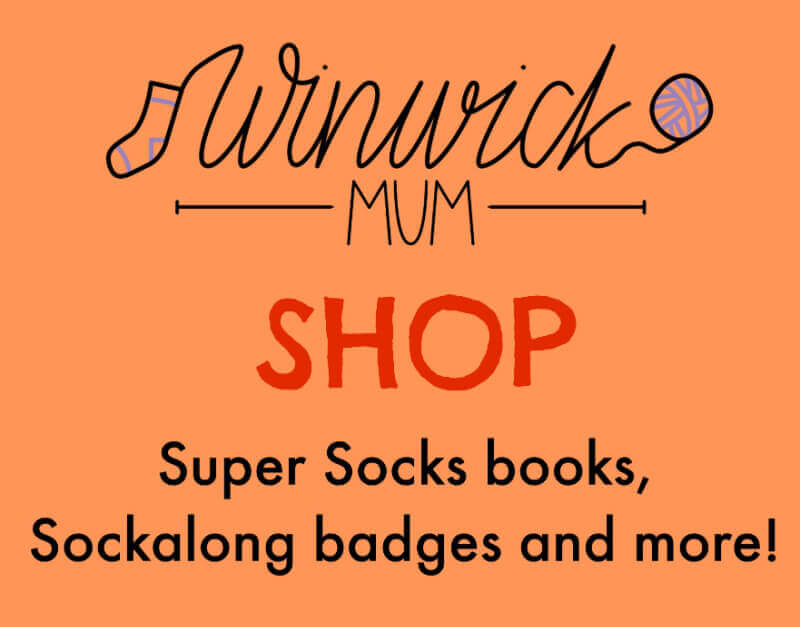
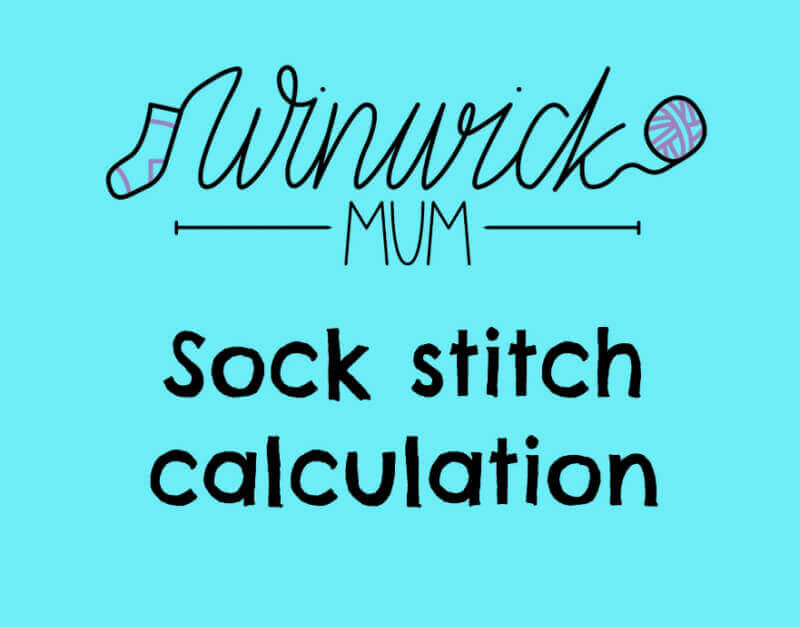

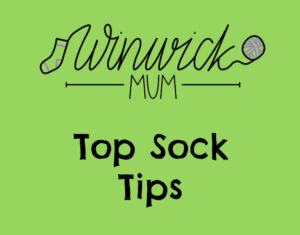
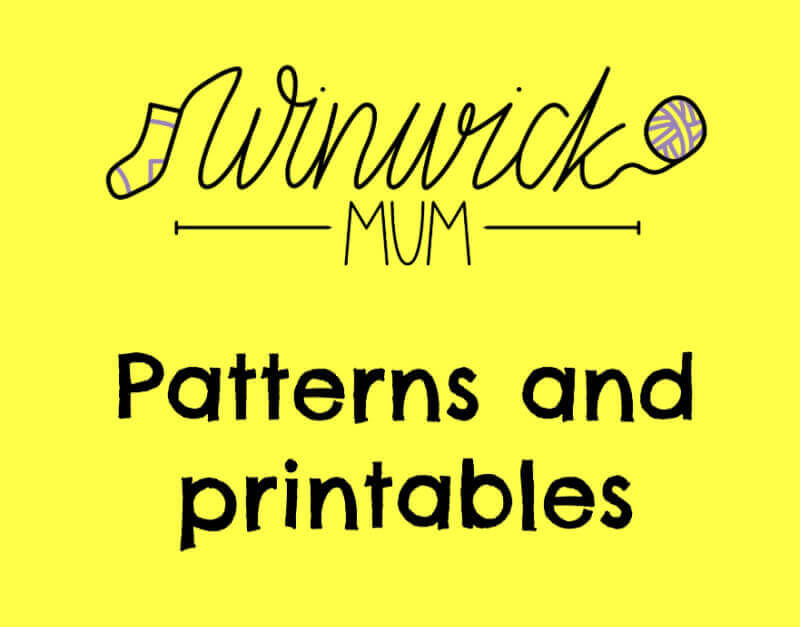
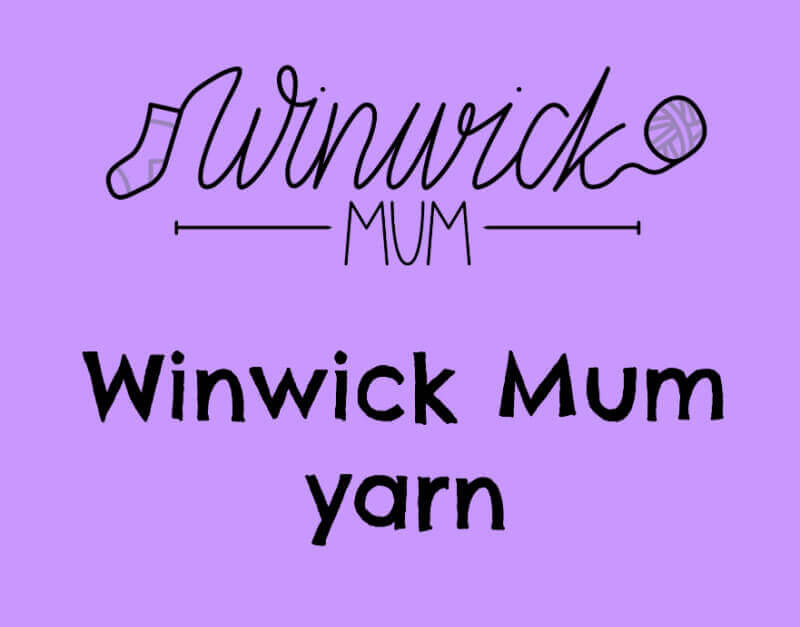
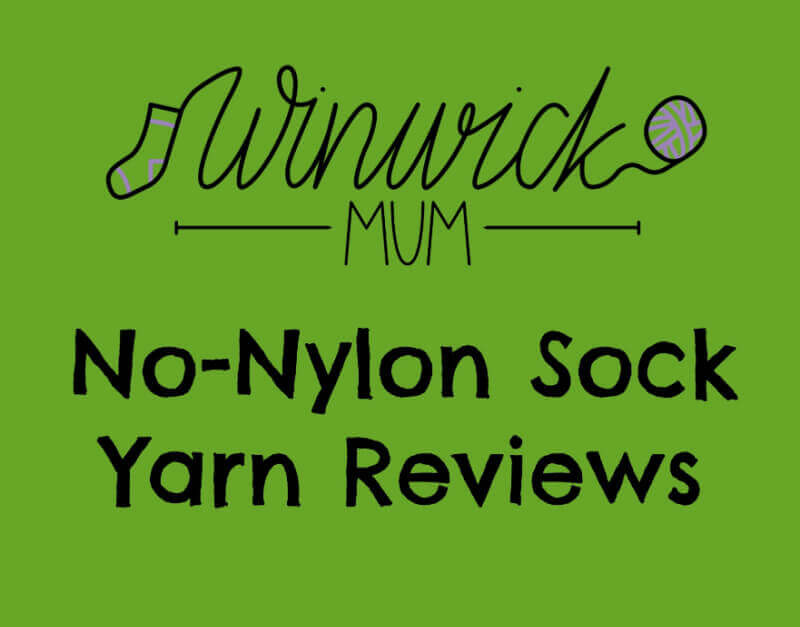
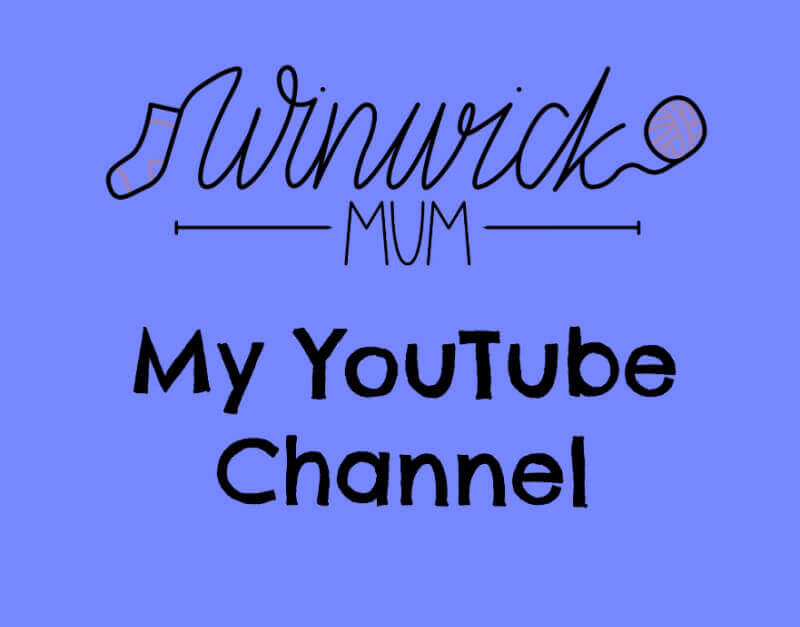
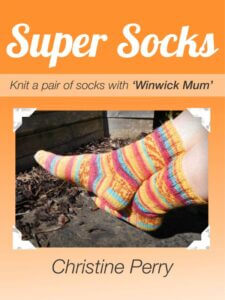
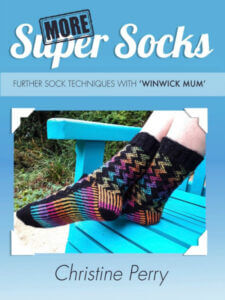
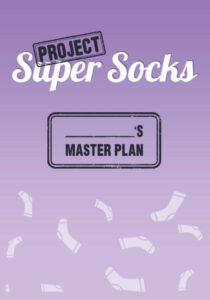

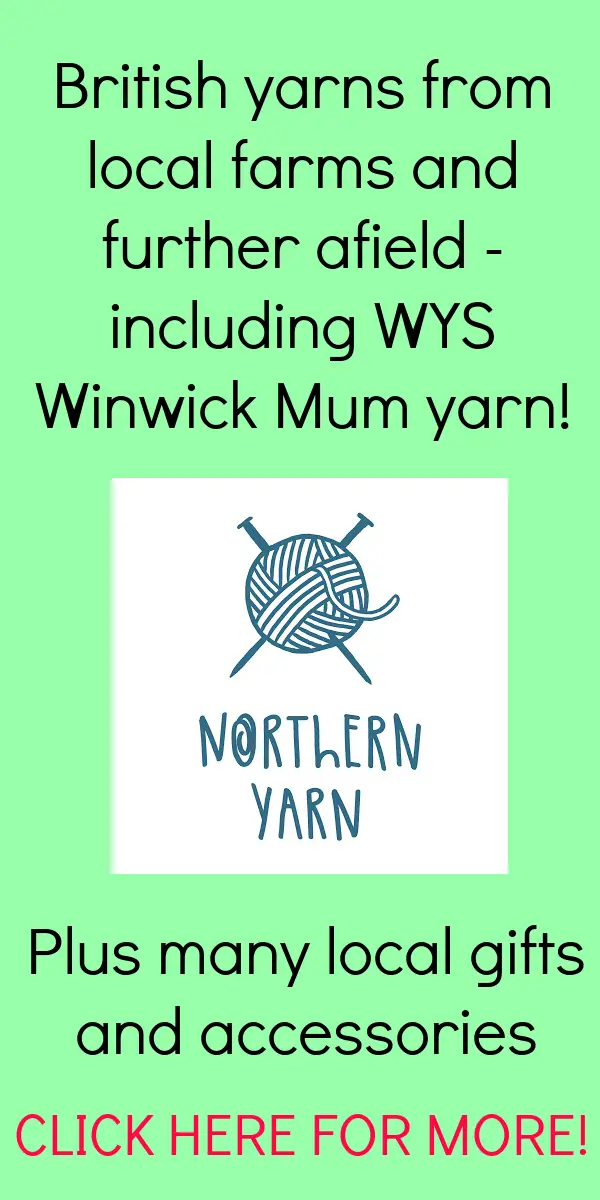

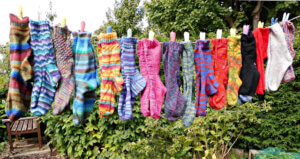
Hello! I live across the pond in Kentucky, in the US. I stumbled across your blog and read all of blogtober. I love hearing about your walks, seeing pictures from your area, learning about an aga, and of course reading about knitting. I am somewhat new to knitting. I would call myself an experienced beginner. I started a pair if basic socks, but stopped at both toes, in fear of the kitchener stitch. I don’t know any knitters. I have learned everything I know from youtube videos. My question is, what is a heal flap? Why the fascination? Why not a fish lips kiss heal instead? I am mesmerized by all your pictures and patterns and can’t wait for the next blog tomorrow!
Ah, you need to finish the toes and then you can wear your socks! Kitchener stitch really isn’t as hard as you might think – there’s lots of help online and my own video (or one of them!) is here. I use a heel flap in my tutorials because I think that it’s one of the easiest for a beginner to learn and it’s also one of the better fitting types of sock heel. I don’t use a fish lips kiss heel because that’s someone else’s pattern and a paid for one at that, so it wouldn’t be right for me to use it in my own patterns. It’s lovely to see you, I’m really glad you’re enjoying the posts! 🙂 xx
Thank you so much for your encouragement. I just love knitting and want to get back to socks. I will check out your video. I did not know the difference with all the different heal patterns. I just know that they don’t look like the heals of the socks that I buy from the store.
No, a heel flap and gusset is something that you’ll only find on a hand knitted sock! If you want socks that look more like bought ones, you’ll need to create a heel like a short row heel, an afterthought heel or Fish Lips Kiss 🙂 xx
Very interesting, I enjoyed reading that. I am really enjoying Blogtober. Thankyou.
Thank you! 🙂 xx
Lovely photos, as usual, and I agree with you about our history. We do need to understand what has gone before so we don’t make the same mistakes over!
I’ve been knitting toe up socks with the fish lips kiss heel, just to see if I could! I think I’m addicted to the WYS Christmas yarns.😉😊
Brilliant – there are so many ways to knit socks, aren’t there? How are you finding the toe ups? The Christmas yarns are fab, every year I think they can’t possibly come up with another one and every year they do! xx
I like the toe up cast on better than Kitchener stitch! When I do the next pair I’m going to see if there’s a way to do a heel flap on toe ups because I think they’ll wear better. Once I figure out which style I’m most comfortable with, I’ll start on patterns!
It’s great being able to catch up every day, but it must be a lot of work for you.
Yes there is, I’m sure I’ve seen something about that whilst I was looking for something else – I can’t remember what it was called though so you’ll need to search for it but you’ll find it quite easily, I’m sure 🙂 xx
THAT is what I want to learn how to do, toe up socks. I want to divide my yarn in half, and then knit toe up until my yarn is gone.
Roxanne Richardson has a video on YouTube explaining how to work out how many rows /rounds to do for a toe up sock – I’m off to work in a moment but will try to find a link later!
Thank you Lyanne!
There are 2 ways I learned about the English Civil War when I was at school – watching “By the sword divided” on TV (I didn’t remember the name of the programme, but it came up with a quick search), & reading The Children of the New Forest. History at school taught us little about our country 🙁
I remember both “By the Sword Divided” and “Children of the New Forest” and I didn’t watch either of them – it sounds crazy but the clothes they wore put me off! I didn’t take history to exam level so I think my lessons finished somewhere around Elizabeth I and everything I know now is what I’ve learnt for myself since. Thank goodness for all the resources we have to do that! 🙂 xx
This is so interesting Christine. For some reason I’m drawn to this period of history. I think in part it could have been down to the statue of Oliver Cromwell that you mention, which I used to pass most days as I walked into town, when it was painted black and on the pavement in front of the old academy building. I would always brush my hand across it as I passed for some strange reason. I loved the old original black and white building/Academy that was just behind the statue originally too and would have loved to have gone in for a nosey around before it disappeared. Thanks for helping me to remember that and what a great remembrance tribute to those lost in battle.
Yes, Oliver Cromwell is a bit of an odd bronze colour now, isn’t he? 🙂 I’m always fascinated by The Cottage at the other end of town where he supposedly stayed – I love it that we still have those buildings and they’re still in use today! xx
Interesting. We have so many things that happened all around us in our amazing country. I’m about to look it up, I always understood the battle of sedgemoor in Somerset to be the last battle of the Civil War.
I’ve just looked it up online and there seem to be a few “last battles”. It looks like the battle of Winwick Pass (which was here) might have been the last battle of the second English Civil War (Charles I) but that the battle of Sedgemoor was the final battle of the Monmouth Rebellion which took place after Charles II gained the throne. It’s all very complicated, isn’t it?! I think there were three English Civil Wars and then disputes with Scotland as well during that time period so it’s no wonder there were so many battles! 🙂 xx
This is a really interesting post. I’m catching up on your blog on the train back to Kent. It’s lovely to see and hear about the area around Winwick – I don’t know it at all. You are helping to make a train journey pass by very pleasantly. Xx
I’m very glad that I’m keeping you occupied – have a safe journey! 🙂 xx
Hi there,
A few months late! Just a quick question, how do I get to the site of the Battlefield and see the yellow sign on the gate please?
Many thanks 😊
Chris / Isle of Anglesey
Hi! This entry on the Historic England website shows you the extent of the battleground and there are a couple of yellow signs that I’ve passed when I’ve been out with the dog. You’ll see from the map on the website that it’s quite a big area so it’s quite easy to miss the signs unless you’re quite close to them. I know that there’s one on Hermitage Green Lane close to Hermitage Farm but the one that’s easiest to find is outside Winwick Church on the metal railings by the pedestrian crossing at the bottom of Church Walk. I hope that helps! 🙂 xx
Hi 😊
Many thanks for the above, I saw both signs today and was well made up 🤗 Couldn’t have done it without your help, so grateful 👍
Best wishes,
Chris / Isle of Anglesey
That’s brilliant, I’m so glad you saw them – and it was a nice day to be out and about in Winwick yesterday too! 🙂 xx
I’m reading the blogtober of last year and this is a fascinating post. It’s so interesting to think of all the history around us.
Mum has knitted 70 ish years and can’t do Kitchener. I learned from you in April 2022. She’s bringing her 4 socks when she visits so I can show her in person. Haha
Excellent! That’s a great thing for you to do together – and I bet she’ll soon get the hang of it when you show her 🙂 xx
I think so. Reading it just isn’t working for her xx